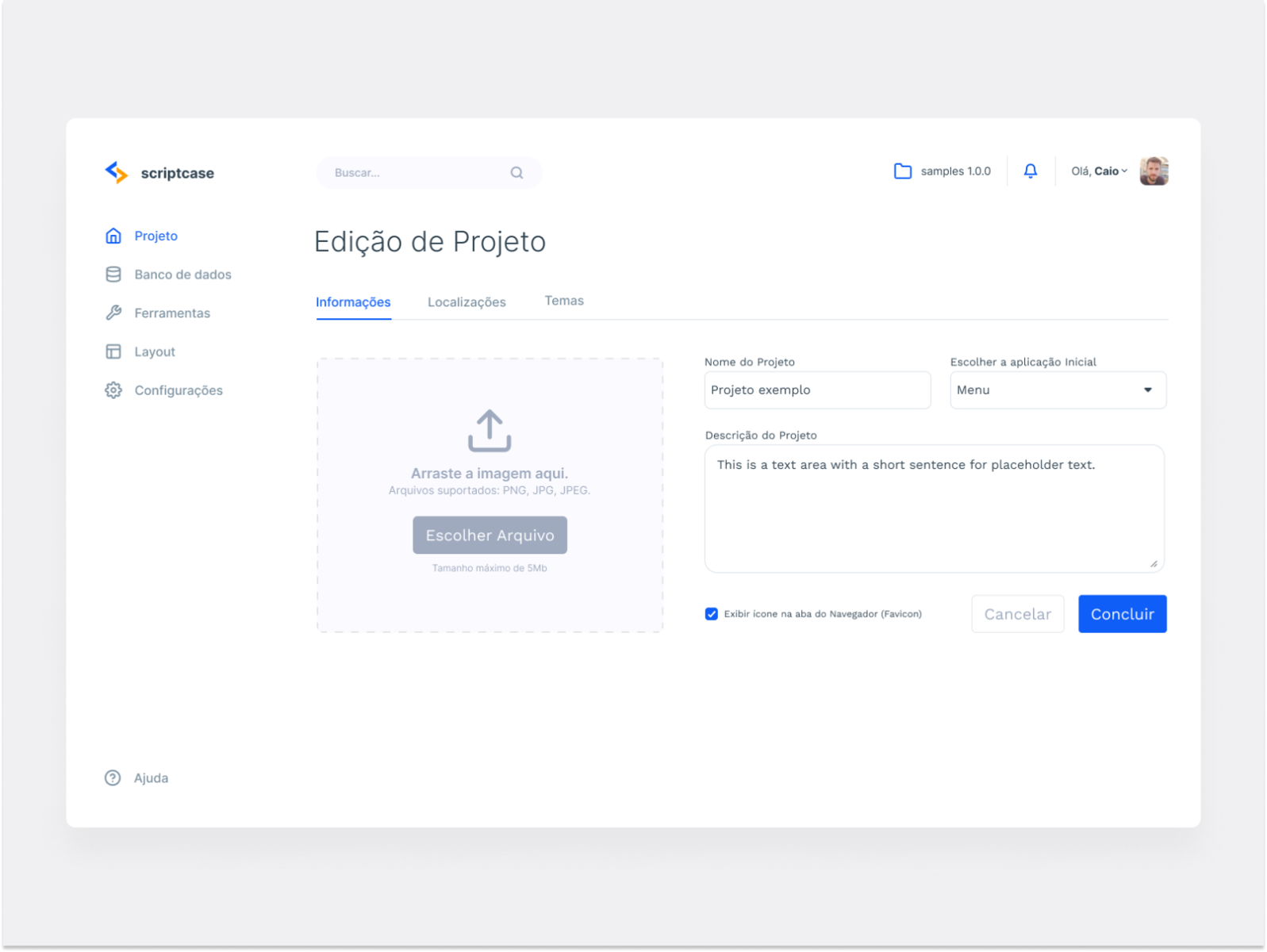
Then store your images on disk, and update the table with the image path.

Instead, consider updating your table to add an image_path field.

This means that your DB images are converted to blobs, inserted into a database, and then stored on disk you can save a lot of overhead by simply storing them on disk.

Except in very rare cases where the entire database is stored in RAM, MySQL databases are ultimately stored on disk.The images can be harder to manipulate: you must first retrieve them from the database before bulk operations can be performed.However, this is problematic for a couple of reasons:


 0 kommentar(er)
0 kommentar(er)
